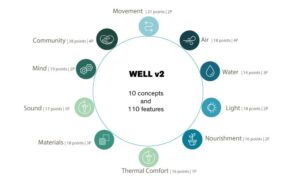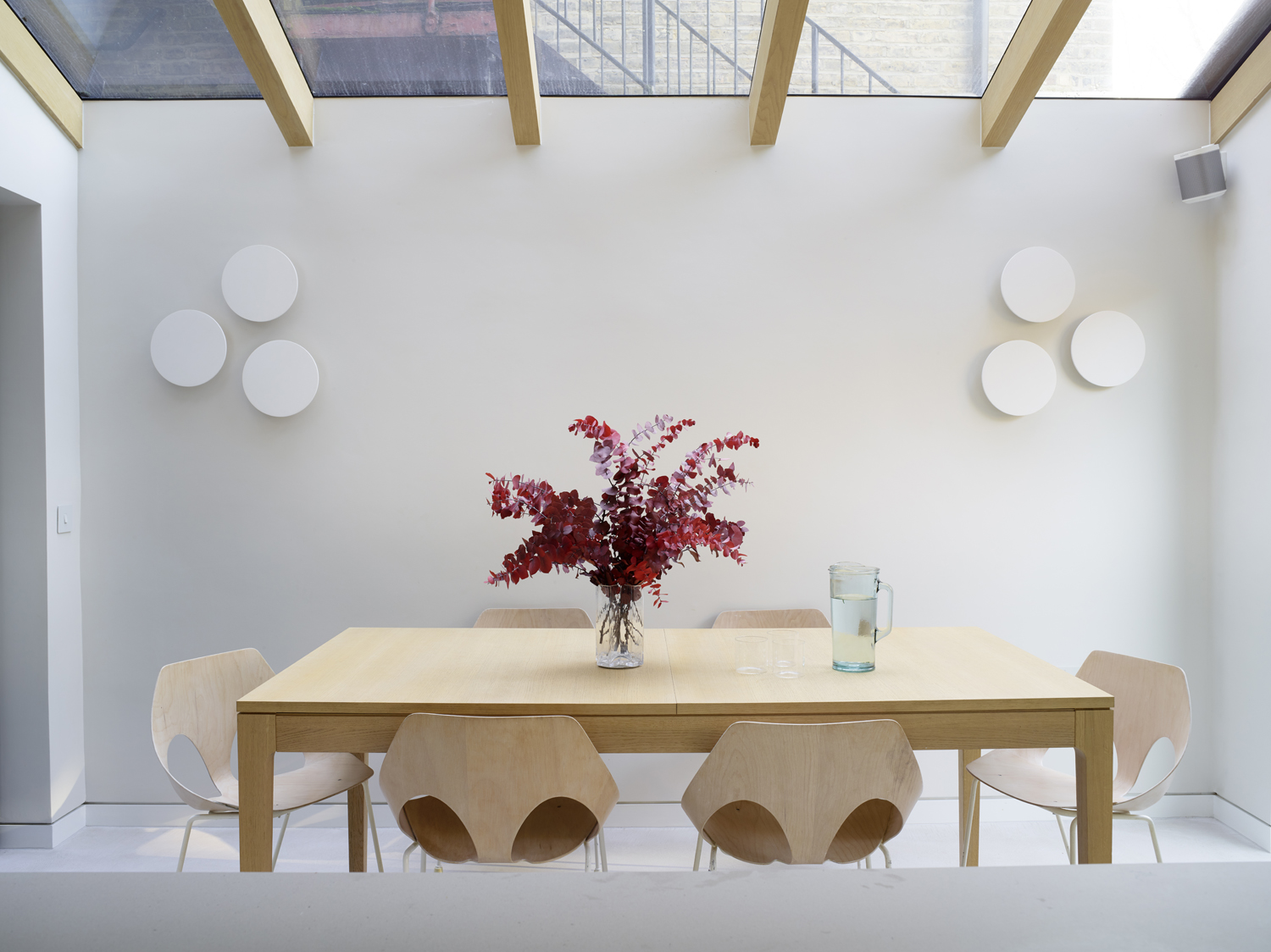Healthy Homes, Healthy Planet
< Back to InsightsWhy Sustainable Living Starts Where You Live
Where do you feel most at ease? Where is the one place that you feel relaxed, and the weight of everyday life is lifted from your shoulders, if only for a few minutes? For many of us, that place is somewhere outdoors, surrounded by nature. Yet, modern life keeps us indoors for around 90% of our time. As an architect, I find that disconnection concerning – not only for our wellbeing, but for the planet too.

Healthy homes lead to a healthy planet
The buildings we live in are not just shelters. They influence how we breathe, sleep, focus, and feel ( read our blog on Designing for wellbeing, health and a regenerative futureDesigning for Wellbeing to learn how). And with the construction industry responsible for around 40% of global carbon emissions, how we build and retrofit our homes has become a frontline issue in the fight against climate change.
But here’s the good news: what’s good for the planet is also good for people. Designing and living in sustainable homes can actively support our health: physically, mentally, and emotionally.
Designing for People and the Planet
Sustainable construction goes far beyond insulation or low-energy systems. It’s about thoughtful choices across a building’s life cycle: from materials and construction methods to how we heat, cool, and eventually dismantle a structure. Choosing timber over steel, or insulating with wool instead of synthetic materials, can halve the carbon footprint of even a modest extension. Natural materials also reduce exposure to harmful chemicals like VOCs, which can cause everything from headaches to respiratory issues.
And while 80% of the buildings we’ll use in 2050 already exist, that doesn’t mean we’re stuck. Retrofitting old homes – especially heritage ones – offers enormous opportunity to reduce operational energy use, reduce bills and preserve the character of our neighbourhoods.
Healthier by Design
Through the WELL Building Standard, we see how indoor environments directly affect our health. It considers everything from air quality and thermal comfort to light, sound, and even nourishment.

- Air: Mechanical ventilation with heat recovery improves indoor air and concentration.
- Light: Daylight supports our natural rhythms, improving sleep and mood.
- Thermal comfort: Proper insulation prevents health risks linked to cold or heat.
- Sound: Airtight, well-insulated homes reduce noise stress and support better sleep.
- Water, movement, community – even access to nature – all play vital roles.
Rediscovering Nature Through Biophilic Design
Biophilic design reconnects us with the natural world. It’s not just about adding plants, it’s about mimicking nature in light, space, patterns, and materials. From outdoor classrooms to warm, timber-lined interiors, we can design spaces that echo the environments where we feel most at home.

This isn’t about adding complexity. Often, it means removing what’s unnatural – synthetic surfaces, harsh lighting, or sealed windows – and letting nature in.
A Simple Truth
We are part of nature. Our built environment should reflect that. Whether you’re building from scratch or retrofitting a Victorian terrace, the principles remain: use less, choose well, and design for life.
As the poet Joseph Campbell once said:
“The goal of life is to make your heartbeat match the beat of the universe, to match your nature with Nature.”
Let’s design healthy homes that let us do exactly that.
Let’s have a chat about your vision and
how we can help you realise it.
Collective Works are an architecture & design studio. Our network of professionals will create your perfect solution.